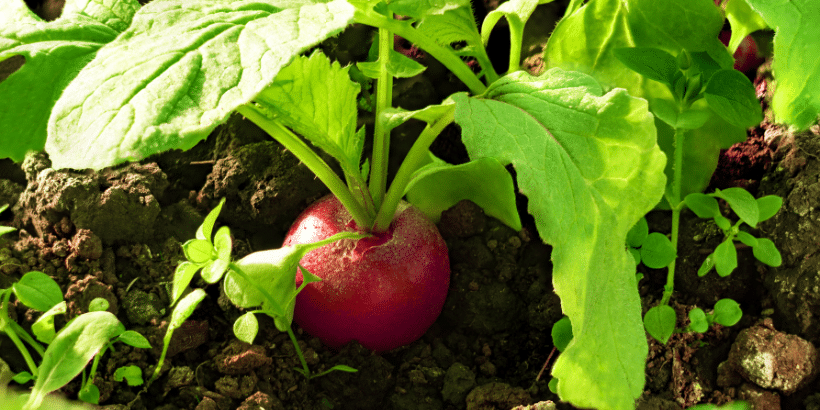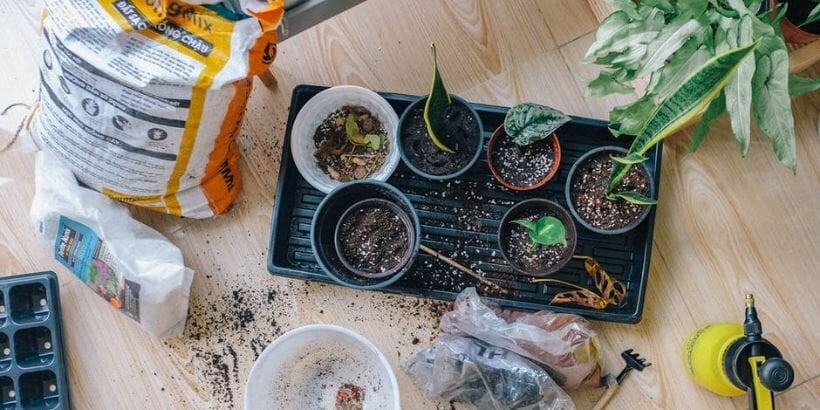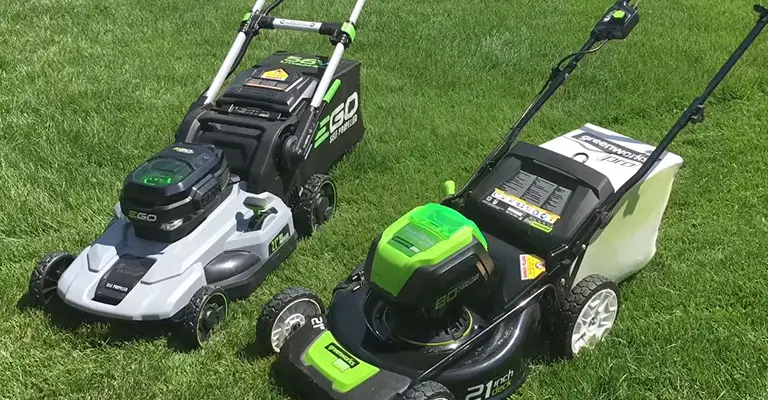The right way to Develop Wholesome Crops: Strengthening Your Farm or Backyard’s Immune System
Looking for recommendations on learn how to develop more healthy vegetation? Look no additional. The Ecological Farm is the go-to information for ecological rising, with a singular give attention to decreased tillage, minimizing farm and backyard inputs, and pest management.
The excerpt beneath affords recommendation on learn how to enhance your farm or backyard’s immune system by offering optimum situations, managing plant competitors, and attaining optimum nutrient stability.
The next is an excerpt from The Ecological Farm by Helen Atthowe. It has been tailored for the net.
While you tackle the problem of farming and gardening with nature and with minimal bought inputs, it turns into very important to concentrate to your vegetation’ fundamental wants. Shifting the stability to your crops, in order that they’ve a bonus over weeds, bugs, and ailments, requires a give attention to agro-ecosystem particulars.
Offering Optimum Situations
Begin with the fundamentals of sunshine, temperature, and water if you end up shifting the ecological stability towards your crops. Optimizing these fundamental components is essential to elevating crops efficiently with out a number of added fertilizer and pest administration inputs.
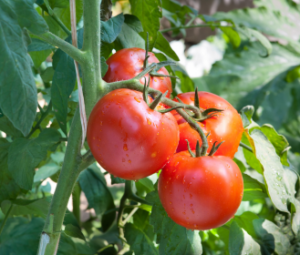 Gentle
Gentle
A grower’s intuition is to give attention to watering at planting time, however offering the suitable mild situations issues simply as a lot. Most vegetable crops want some shade when they’re establishing new roots after transplanting or as they germinate. Let your vegetation give attention to rising roots slightly than leaf and shoot progress. This is a vital time to consider cropping variety and cover construction. Shade from adjoining taller crops, bushes and shrubs in a house panorama, residing mulches in crop row middles, and/or row covers will assist root institution.
One in all my methods for rising tomatoes in Montana was to cowl transplants within the area with hooped row cowl for 4 to five weeks after planting to offer mild shade. (Shade material offers heavier shade than row cowl.) Then again, an excessive amount of shade throughout later improvement of sun-loving crops could make these crops weak. Once I grew annual vegetable crops in row middles in one in every of our California orchard fields, the shade-loving broccoli and lettuce did very nicely. Sadly, sun-loving eggplant, cucumbers, and tomatoes have been weak and extra prone to powdery mildew, slugs, and aphids (even in our dry local weather).
Temperature
The unsuitable rising temperature for a selected crop negatively impacts its means to determine and develop nicely. Use row covers for warmth and shade material for cooling. For instance, chilly injured brassica transplants are extra prone to cabbage worms and cool-season-loving kale and broccoli are extra prone to cabbage aphids when extreme summer time warmth slows their progress.
Protecting younger vegetation after transplanting into the sector or backyard mediates warmth and chilly extremes and thus may also help forestall issues akin to early flea beetle assaults or harm by root maggots on crops akin to turnips. Extreme warmth causes fruit crops to supply smaller fruit extra prone to illness. I let my residing mulches within the orchard develop tall to assist cool my orchard when temperatures are above 100°F (38°C). Once more, verify every crop’s preferences and supply temperature as near optimum as you’ll be able to.
Water
Humidity, rainfall, soil moisture, and irrigation—or lack thereof—could make crops roughly prone to pests relying on crop preferences (and the pests’ preferences). For instance, root knot illness of brassicas is inspired by heavy rainfall and moist soil. Drought stress makes tree crops extra prone to boring bugs. In a number of research, spider mites and rust mites feeding on drought-stressed crop vegetation grew quicker than on non-stressed vegetation; mite harm was considerably larger on careworn vegetation.
Managing Plant Competitors
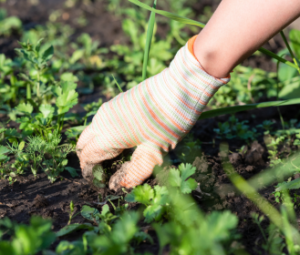 In an agroecosystem, the basis zone is a crowded space wherein crop roots work together and compete with root techniques of neighboring vegetation and with soil microorganisms for house, water, and vitamins. Some crops deal with sharing root house and vitamins nicely and compete nicely with neighboring vegetation for mild. However others could be set again, particularly when they’re younger and establishing roots. Poor rivals must be thought of in farm design and habitat constructing, and that pertains to my default ecological precept concerning plant competitors:
In an agroecosystem, the basis zone is a crowded space wherein crop roots work together and compete with root techniques of neighboring vegetation and with soil microorganisms for house, water, and vitamins. Some crops deal with sharing root house and vitamins nicely and compete nicely with neighboring vegetation for mild. However others could be set again, particularly when they’re younger and establishing roots. Poor rivals must be thought of in farm design and habitat constructing, and that pertains to my default ecological precept concerning plant competitors:
Weed selectively. Select a floor cowl combine; then determine and “chop and drop” the vegetation or “weeds” which can be aggressive with particular crops in particular rising conditions and climates.
Maybe not each gardener will wish to handle a floor cowl combine, particularly in a small backyard house. Nonetheless, floor cowl is a part of sustaining a variety of year-round rising roots in my low-input system with farm-grown fertilizers that multi-task as habitat for pure enemies. Weed suppression may also be part of that system, however it requires diligent administration of weed-crop interactions.
Optimum Nutrient Steadiness
My concept of a wholesome plant has modified over the previous 40 years. I as soon as thought that the largest, greenest, most vigorous, nitrogen-filled vegetation would give me the very best quality and highest yield. (Thus my dedication in occasions previous to utilizing manure-based compost.) A wholesome plant is one wherein the primary vitamins (akin to nitrogen, phosphorus, and potassium) and the micronutrients are all balanced in relation to at least one one other. Nobody nutrient must be out of a wholesome vary. For instance, I nonetheless try to develop vigorous vegetation, however now I perceive that top ranges of nitrogen in plant tissues don’t essentially make vegetation more healthy.
In reality, excessive nitrogen ranges have been proven to make some crops extra prone to insect pests akin to aphids, thrips, and mites. Decrease concentrations of soluble nitrogen (particularly nitrate-nitrogen) in plant tissue appear to make crops much less prone to feeding harm by most forms of bugs. In a number of research, making use of fertilizers that quickly launch nitrate-nitrogen led to will increase in sap-feeding bugs. And in a single assessment that spanned 50 years of insect and nitrogen analysis, 135 research confirmed extra plant harm and/or higher numbers of leaf-chewing bugs and mites in nitrogen-fertilized crops. Solely 50 research reported much less pest harm with nitrogen fertilization.1
Simply as necessary, fast-release nitrogen fertilizers usually trigger vegetation to scale back investments of their “immune system”— their pure chemical defenses designed to struggle off insect assaults and illness. Excessive nitrogen within the soil round plant roots can diminish the ecological efficacy of necessary interactions amongst plant roots and microbes that assist to suppress bugs and illness. And as I’ve already mentioned, it’s changing into clear that higher-carbon, lower-nitrogen fertilizers improve soil microbial biomass and variety in addition to root-microbe interactions. These helpful belowground soil microorganisms assist vegetation higher tolerate stress and streamline nutrient uptake, resulting in optimum plant nutrient stability. All in all, wholesome vegetation are these which can be related to and interacting with a wholesome, microbially lively soil agroecosystem.
Right here’s the ecological precept that seems to be a recipe for offering optimum plant nutrient stability:
Concentrate on carbon fertilizers. Prioritize slow-release, plant-based carbon fertilizers slightly than fast-release nitrogen fertilizers.
Usually what I imply by “carbon fertilizers” are plant residues which have the next carbon-to-nitrogen ratio (C:N ratio). To date this nutrient stability has helped me to take care of pest suppression with out utilizing any pest sprays on fruit or vegetable crops for the previous 7 years. Nonetheless, throughout a protracted warmth wave in 2022, some vegetable pests reached economically damaging ranges (cabbage worms on kale, flea beetles on arugula, and root maggots on turnips), and I needed to determine to simply accept the harm. Helpful bugs finally suppressed the cabbage worms on the kale crops, however we needed to cowl all successive arugula crops with row cowl to handle flea beetles.
It’s not essentially the case that the lower-carbon residing mulch I take advantage of as fertilizer all the time leads to a greater nutrient stability. As all ecologists are fond of claiming, “It relies upon.” It relies on your soil and the state of its microbial well being, the nutrient necessities of the crop you’re rising, and the way early you wish to get your crop to market or to your homestead desk. Some infertile, degraded soils with meager microbial exercise might have a heavy shot of a nutrient-rich natural amendments. Some soils might reply finest to a turbojet intervention of plowing down a rapid-release, succulent legume cowl, and even an software of manure-based compost. However usually, the best way to offer optimum nutrient stability is to cycle natural residue fertilizers and carbon by the soil microbial group. I draw the analogy to the truth that people want fiber in addition to protein and nutritional vitamins of their food plan. That brings us proper again to this ecological precept:
Keep rising roots year-round. Develop and preserve vegetation with residing roots to maintain the soil coated year-round and to feed the rhizosphere a gentle, balanced food plan of carbon and vitamins.
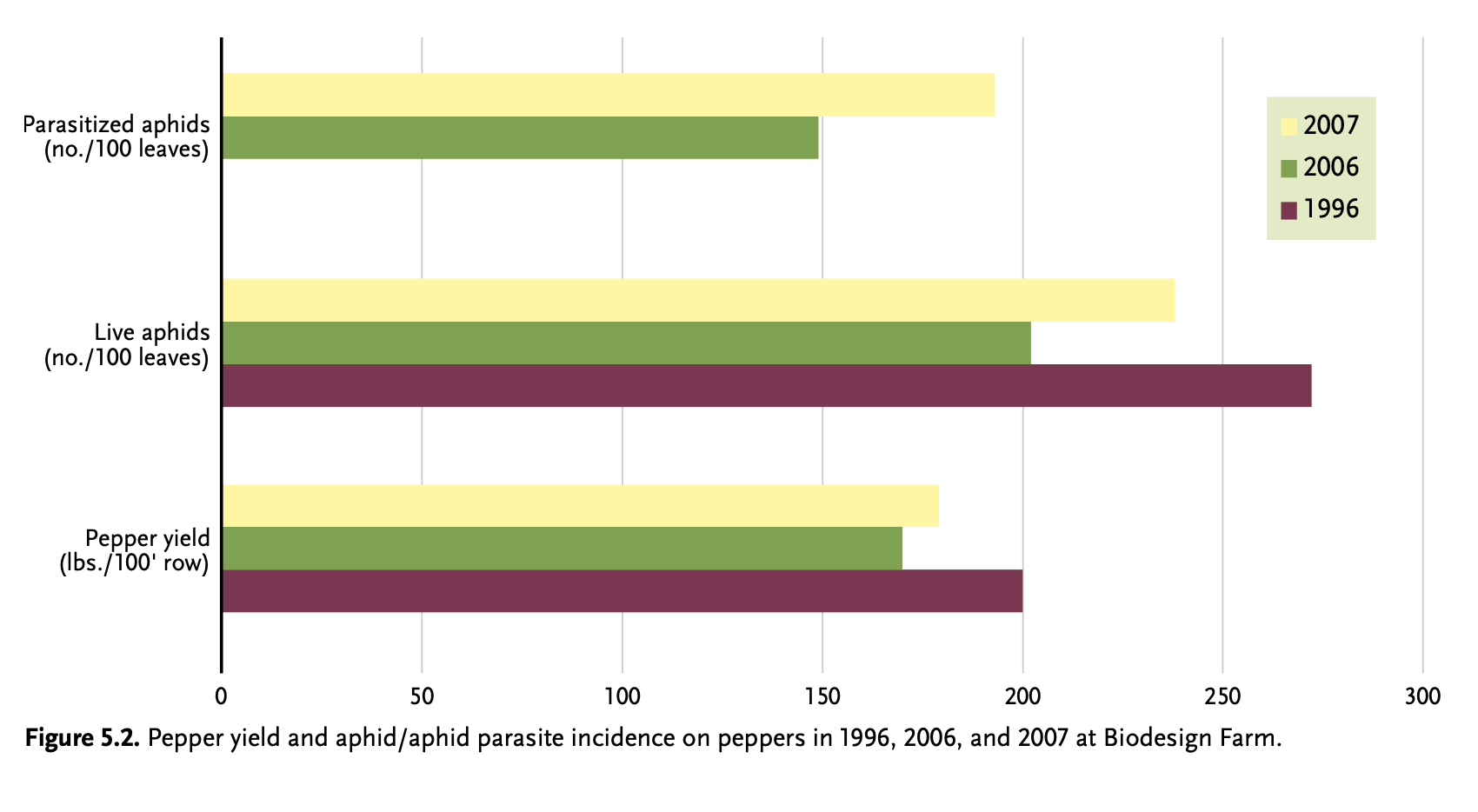 If we predict solely about crop vitamins, particularly the large three of nitrogen, phosphorus, and potassium, we would neglect the underground microbial labor drive we’re presupposed to be nurturing as we construct habitat for pure pest suppression.
If we predict solely about crop vitamins, particularly the large three of nitrogen, phosphorus, and potassium, we would neglect the underground microbial labor drive we’re presupposed to be nurturing as we construct habitat for pure pest suppression.
Our objective is three-part:
- To handle the carbon-to-nitrogen ratio of natural residues added to soils.
- To handle the timing of natural residue software.
- To match fertilizer carbon high quality with crop progress stage.
Crops demand completely different nutrient ranges at completely different progress levels. Usually, decrease C:N ratio fertilizers (larger nitrogen) work higher within the early progress levels (germination and first speedy leaf progress) and better C:N ratios are finest for the later levels (fruiting or crop maturity). We are able to management fertilizer carbon high quality by the selection of maturity stage of plant residues.
Notes
- Miguel A. Altieri and Clara I. Nicholls, “Soil Fertility Administration and Insect Pests: Harmonizing Soil and Plant Well being in Agroecosystems,” Soil and Tillage Analysis 72, no. 2 (2003): 203–11, https://doi.org /10.1016/S0167-1987(03)00089-8.

